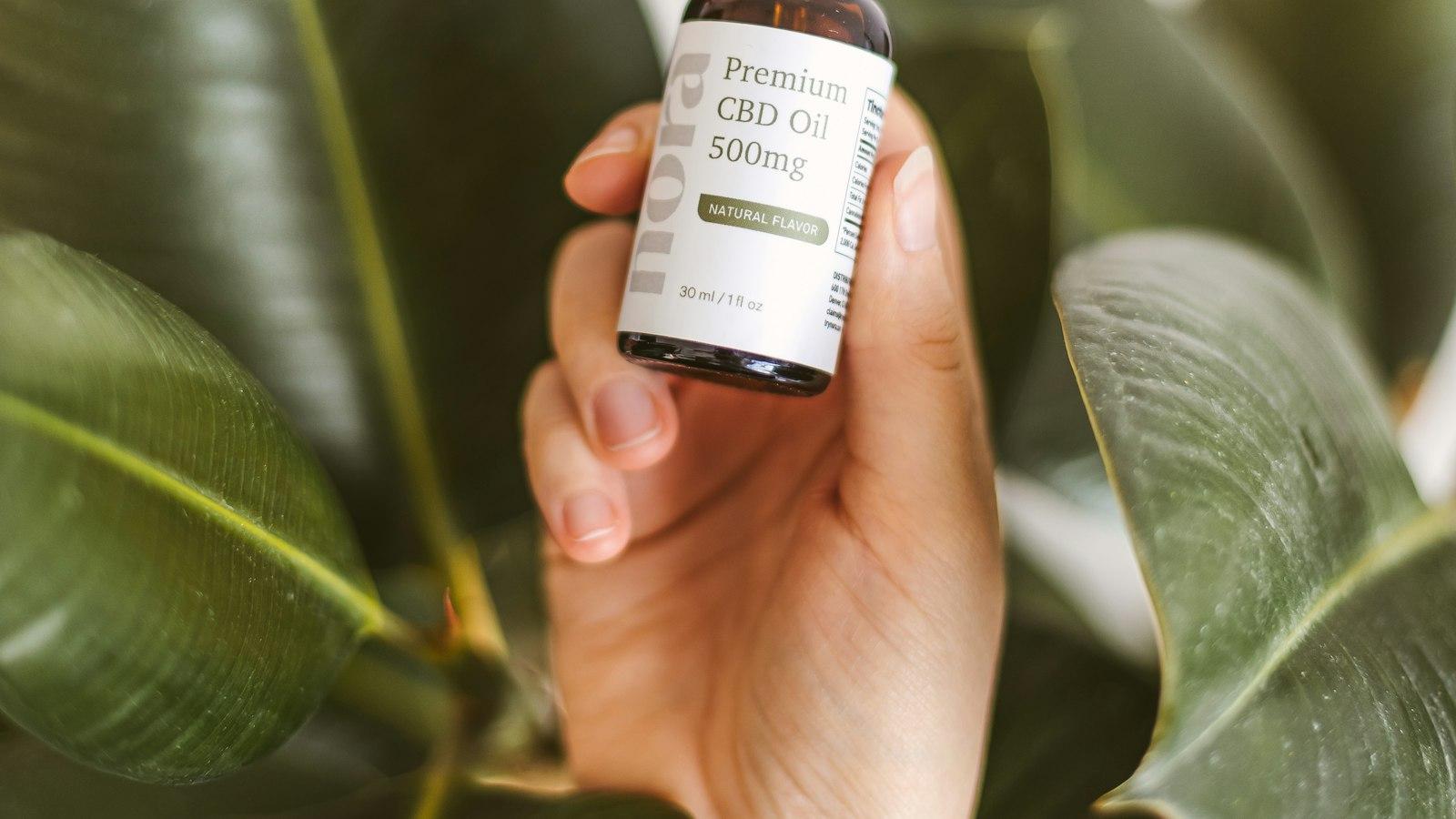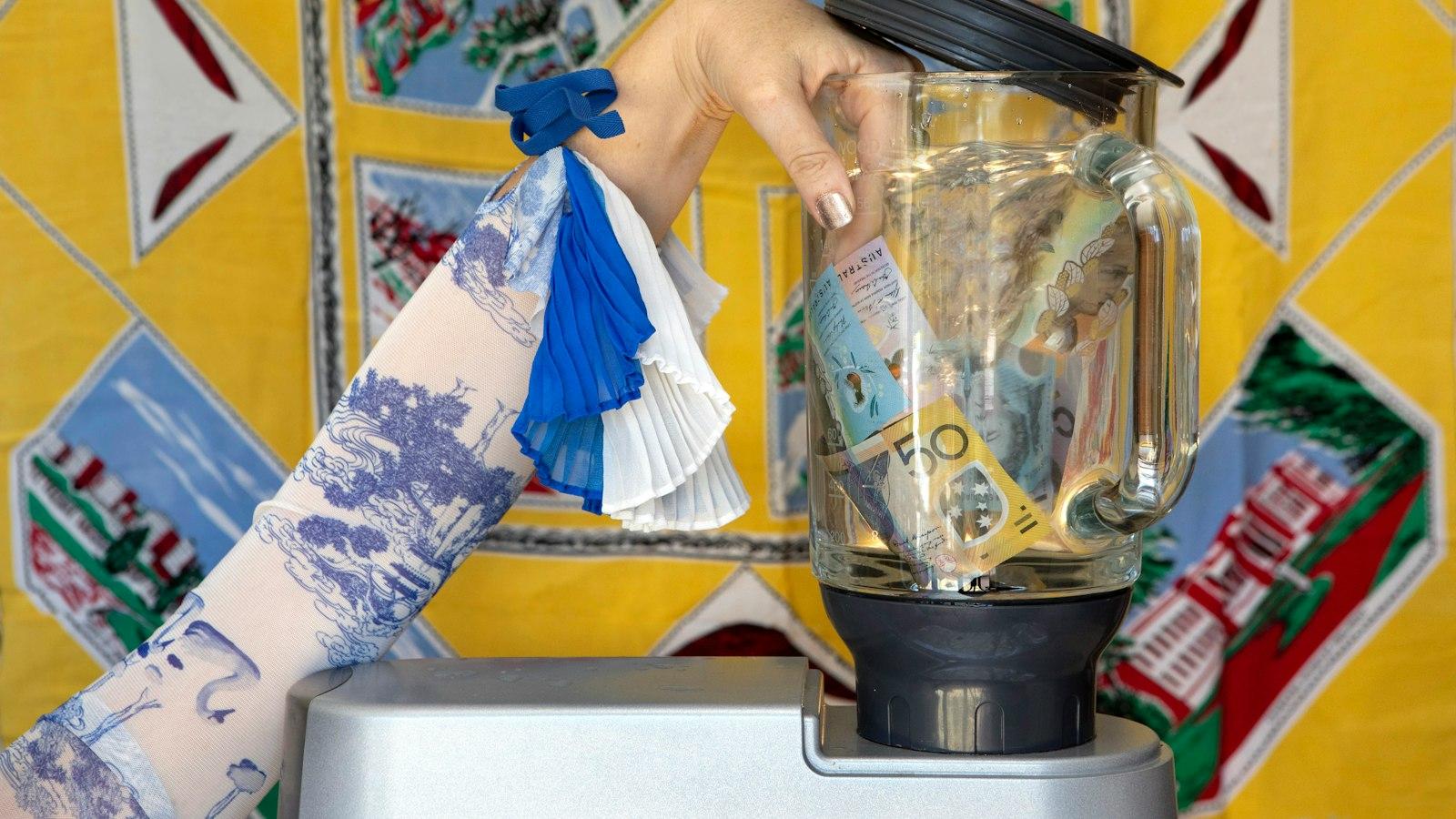
Essential oils have been utilized for centuries due to their numerous potential benefits, ranging from aromatherapy to skincare. Understanding how to harness the power of these volatile plant extracts can be a valuable addition to anyone’s wellness routine. In this informative article, we will explore the fundamentals of essential oils, their diverse applications, and practical tips for incorporating them into your daily life. Whether you are a newcomer to the world of essential oils or seeking to enhance your existing knowledge, this guide will provide the insights needed to navigate this aromatic realm with confidence.
What are Essential Oils and How Do They Work?
Essential oils have gained popularity in recent years as natural remedies for various health concerns. Derived from plants, these concentrated oils possess the distinctive aroma and beneficial properties of their source. But what exactly are essential oils and how do they work?
Essential oils are highly concentrated extracts obtained from different parts of plants, such as the leaves, flowers, bark, or roots. The extraction process involves methods like steam distillation or cold pressing, which help capture the volatile compounds responsible for the unique fragrance and therapeutic properties of the plant.
When it comes to the workings of essential oils, they primarily act through inhalation or topical application. Inhalation involves breathing in the aroma of the oil, which triggers the olfactory system in our brain. This direct interaction with the olfactory receptors can impact our mood, emotions, and even certain physiological functions like sleep, stress, or alertness.
However, the benefits of essential oils aren’t limited to inhalation alone. When applied topically, these oils can be absorbed through the skin and enter the bloodstream. From there, they are transported to different organs and body systems, bringing about their unique effects. For example, lavender oil when applied topically can have a calming and soothing effect on the skin and mind.
It’s essential to keep in mind that essential oils are highly potent and should be used with caution. Always dilute them with carrier oils like coconut or jojoba oil before applying to the skin. Additionally, some oils may cause skin irritation or allergic reactions, so it’s important to do a patch test before using them extensively. If you have any underlying health conditions or are pregnant, it’s advisable to consult with a healthcare professional before using essential oils.

Choosing the Right Essential Oil for Your Needs
Essential oils have gained popularity in recent years due to their therapeutic properties and potential health benefits. With a wide variety of essential oils available in the market, it can be overwhelming to choose the right one for your needs. However, by understanding your specific requirements and considering certain factors, you can make an informed decision.
Familiarize Yourself with Different Essential Oils
Before selecting an essential oil, it is essential to familiarize yourself with the various options available. Different essential oils have distinct properties and can be used for various purposes. Some common essential oils include lavender, tea tree, peppermint, eucalyptus, and lemon. Each oil has its unique aroma, benefits, and recommended uses. Researching and understanding the characteristics of each oil will help you narrow down your choices.
Identify Your Specific Needs
Identifying your specific needs is crucial in choosing the right essential oil. Determine whether you are looking for an oil to promote relaxation, alleviate stress, aid in sleep, improve focus and concentration, or provide relief from specific ailments such as headaches or muscle pain. By identifying your needs, you can then select an essential oil that aligns with those goals.
Consider Quality and Purity
When choosing an essential oil, it is important to consider the quality and purity of the product. Look for oils that are labeled as 100% pure and therapeutic grade. These oils undergo rigorous testing to ensure their potency and safety. Avoid oils that contain synthetic additives or fillers, as they may not provide the same therapeutic benefits. Purchasing from reputable brands or certified suppliers can give you more confidence in the quality of the oil.
Application Methods and Safety Precautions
Before using essential oils, it is essential to understand the different application methods and safety precautions. Essential oils can be used topically, inhaled, or diffused. Topical application often involves diluting the essential oil with a carrier oil before applying it to the skin. Inhaling essential oils through a diffuser or directly from the bottle can provide aromatherapy benefits. It is crucial to follow proper dilution ratios and guidelines to ensure safe use. Some essential oils may pose risks to certain individuals, such as pregnant women or those with specific medical conditions. Consulting with a healthcare professional or aromatherapist can offer personalized guidance.

Safe Practices: Tips for Using Essential Oils
When it comes to using essential oils, safety should always be a top priority. These potent plant extracts can offer a range of benefits, but it’s important to use them with caution. By following these tips, you can enjoy the many advantages of essential oils while ensuring your well-being:
1. Dilute properly:
Essential oils are highly concentrated, so it’s crucial to dilute them before use. For most essential oils, a carrier oil, such as almond or jojoba oil, is the best option. Aim for a dilution ratio of 1-2% (about 5-10 drops of essential oil per ounce of carrier oil) for safe and effective use. Always perform a patch test before applying a diluted essential oil to a larger area of your skin.
2. Store them correctly:
Proper storage of essential oils is essential for preserving their quality and preventing accidents. Keep your oils in dark glass bottles, away from direct sunlight, heat, and moisture. Store them in a cool, dry place, and ensure that the lids are tightly closed. This will help maintain the potency of your oils and prolong their shelf life.
3. Avoid sensitive areas:
While essential oils can be beneficial, they can also be irritating if not used properly. It’s vital to avoid applying them directly to sensitive areas, such as the eyes, ears, nostrils, and mucous membranes. Furthermore, some oils may cause skin sensitivity or allergic reactions. Always research and follow proper usage guidelines for each specific oil.
4. Use caution during pregnancy and with children:
Pregnant women and children have specific needs when it comes to essential oil use. Some oils may not be safe during pregnancy, and certain oils can be too strong for young children. It’s crucial to consult with a healthcare professional before using essential oils in these situations. Always research and adhere to proper guidelines to ensure the safety of all involved.
5. Educate yourself:
Before diving into the world of essential oils, it’s essential to educate yourself about their properties and potential risks. Familiarize yourself with each oil’s potential side effects, proper dilution ratios, and contraindications. Understanding the dos and don’ts of essential oil usage will empower you to make informed choices and use these powerful substances responsibly.
By following these safe practices, you’ll be able to make the most of essential oils while minimizing the risk of adverse effects. Remember, responsible usage is key to reaping the benefits of these natural wonders. Incorporate essential oils into your daily routine with confidence and enjoy their therapeutic advantages.

Ways to Use Essential Oils in Daily Life
Diffusion:
One of the most popular ways to use essential oils is through diffusion. Diffusers are designed to disperse the oil particles into the air, creating a calming and soothing atmosphere in your home. Simply add a few drops of your favorite essential oil to the diffuser, turn it on, and enjoy the therapeutic benefits. Diffusing essential oils can help to boost your mood, improve concentration, and promote relaxation.
Topical application:
Essential oils can also be applied directly to the skin. However, it is important to dilute the oil with a carrier oil, such as coconut oil or almond oil, before applying it to avoid any potential skin irritation. Once diluted, you can massage the oil onto your skin to experience its various benefits. For example, lavender oil is known for its calming properties and can be applied to the temples or wrists to promote a restful sleep.
Inhalation:
Inhaling essential oils can be beneficial for your respiratory system and can help to clear your nasal passages. You can add a few drops of essential oil to a bowl of hot water, cover your head with a towel, and breathe in the steam. This method is particularly effective if you are suffering from congestion or allergies. Another way to inhale essential oils is to add a few drops to a cotton ball or tissue and inhale the aroma directly.
Bath:
Creating a soothing and relaxing bath experience can be enhanced with the addition of essential oils. Add a few drops of your favorite oil to a warm bath and soak for at least 15 minutes. The steam and the scent of the oil will help to relax your mind and body. For an extra luxurious experience, you can also add Epsom salts or bath bombs infused with essential oils to further enhance the therapeutic effects.
Cleaning:
Essential oils can be a natural and effective way to clean your home. Certain oils, such as tea tree oil and lemon oil, have antimicrobial properties that can help kill germs and bacteria. You can create your own homemade cleaning products by mixing a few drops of essential oil with water, vinegar, or baking soda. Not only will your home smell fresh and clean, but you will also reduce your exposure to harsh chemicals found in conventional cleaning products.

Blending Essential Oils for Maximum Benefits
Blending essential oils is a fantastic way to maximize the benefits of these powerful plant extracts. By combining different oils, you can create custom blends that address multiple health concerns or enhance specific therapeutic properties. Whether you’re new to essential oils or a seasoned user, these tips will guide you on how to use essential oils effectively.
Understanding Essential Oil Notes
Before you start blending, it’s important to understand the concept of essential oil notes. Similar to musical notes, essential oils are categorized into top, middle, and base notes based on their volatility and scent characteristics. Top notes are vibrant and uplifting, middle notes are balancing and harmonizing, while base notes are grounding and calming. When blending, make sure to include oils from each note to create a well-rounded aroma.
Choosing Complementary Oils
When selecting oils for your blend, consider their individual properties and how they can work together synergistically. For example, if you want to create a soothing blend for relaxation, you could combine lavender (calming), chamomile (soothing), and bergamot (uplifting). Experiment with different combinations and take note of the scents and effects they produce.
The Importance of Dilution
Essential oils are highly concentrated, so it’s crucial to dilute them before applying them to the skin to avoid irritation or sensitization. A general rule of thumb is to use a carrier oil, such as jojoba or coconut oil, and mix 2–5 drops of essential oil per teaspoon of carrier oil. This dilution ratio can vary depending on the oil and intended use, so always refer to specific guidelines and your own sensitivities.
Blending Techniques
There are several blending techniques you can use to create your essential oil blends:
- Simple Blending: Mix a few drops of each selected oil in a bottle or rollerball for immediate use.
- Layering: Apply oils to different parts of the body at various times to experience the individual scents and their benefits throughout the day.
- Blend by Effect: Group oils together based on their therapeutic effects, such as relaxation, energy, or respiratory support.
Sample Essential Oil Blend
Here’s an example of a basic essential oil blend for relaxation:
| Oil | Note | Properties |
|---|---|---|
| Lavender | Middle | Calming, soothing |
| Ylang Ylang | Base | Grounding, aphrodisiac |
| Frankincense | Base | Spiritual, calming |
Blend 3–5 drops of each oil in a rollerball, and dilute with a carrier oil. Apply to wrists, temples, or the back of the neck for a serene and balanced experience.
Q&A
Q: What are essential oils?
A: Essential oils are highly concentrated plant extracts that capture the fragrant and beneficial properties of plants. They are often used in aromatherapy and known for their various therapeutic qualities.
Q: How can essential oils be used?
A: Essential oils have versatile applications and can be used in a number of ways. They can be diluted and applied to the skin, inhaled through a diffuser or steam inhalation, added to bathwater, used for massage, or even ingested in some cases.
Q: Are essential oils safe to use?
A: When used correctly and responsibly, essential oils are generally safe. However, it’s important to remember that these oils are potent, so proper dilution and moderation are crucial. Some oils may cause skin irritation, so it’s advisable to perform a patch test before applying them to larger areas of the body.
Q: Which essential oils are suitable for beginners?
A: For newcomers to essential oils, it’s best to start with mild and versatile oils like lavender, peppermint, or lemon. These oils are generally well-tolerated and offer a wide range of benefits.
Q: How should essential oils be diluted?
A: Essential oils should always be diluted in a carrier oil, such as coconut, jojoba, or almond oil. The general rule of thumb for dilution is to use 1-5 drops of essential oil per teaspoon of carrier oil for topical application. However, it’s important to check specific guidelines for each oil, as some may require higher or lower dilution ratios.
Q: What precautions should be taken while using essential oils?
A: It is crucial to follow safety guidelines when using essential oils. Keep them out of reach of children and pets, avoid contact with eyes and mucous membranes, and consult a healthcare professional before use if you’re pregnant, nursing, or have any underlying medical conditions. Additionally, ensure proper ventilation when diffusing oils and store them in a cool, dark place to maintain their potency.
Q: Can essential oils treat medical conditions?
A: While essential oils have been traditionally used to support health and well-being, they should never be seen as a substitute for professional medical advice or prescribed treatments. If you have a specific medical condition, it is best to consult with a qualified healthcare professional before using essential oils.
Q: Can essential oils be ingested?
A: While some essential oils are safe for internal use when properly diluted and used under the guidance of a qualified aromatherapist or healthcare professional, it is generally advisable to avoid ingesting essential oils without proper knowledge and guidance. Some oils can be toxic if consumed incorrectly.
Q: How should essential oils be stored?
A: Essential oils should be stored in dark, glass bottles tightly sealed to protect them from light, heat, and air. A cool, dry place away from direct sunlight is ideal. When stored properly, essential oils can maintain their potency for a longer period.
Q: Can essential oils expire?
A: Essential oils do have a shelf life and can expire over time. However, if stored properly, most essential oils can last for several years. It’s important to check the recommended shelf life for each oil and discard any oils that have turned rancid or have an unusual smell. In conclusion, essential oils have long been utilized for their wide-ranging therapeutic benefits. Learning how to use these powerful extracts correctly can enhance both your physical and mental well-being. By understanding the various methods of application and the importance of selecting quality oils, you can tap into the countless possibilities for incorporating essential oils into your daily routine. Whether you desire relaxation, increased focus, or relief from certain ailments, essential oils offer a natural alternative with minimal side effects. Remember to always consult with a certified aromatherapist or healthcare professional for personalized guidance, as individual reactions and sensitivities may vary. With proper knowledge and precaution, you are now equipped to embark on your journey of exploring the vast world of essential oils and their incredible potential. So, take a deep breath, inhale the captivating aromas, and let the power of essential oils transform your life, one drop at a time.






